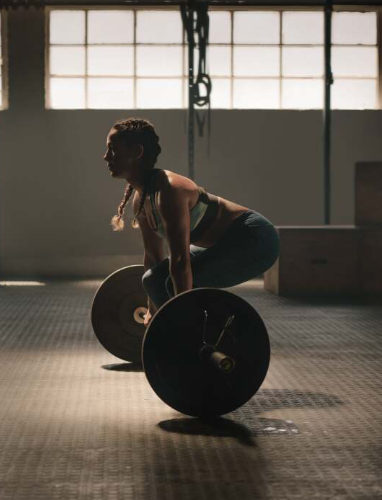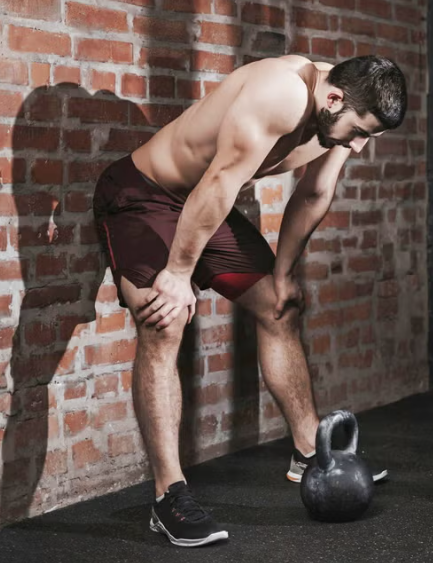
Why Consistency in Technique Should Be the Priority in Training
From the moment I began my powerlifting journey, one key lesson has been ingrained in me: every repetition should be executed with the same precision. Whether I’m lifting 50% of my one-rep max or pushing toward a maximum effort, each rep should look identical in terms of speed, movement pattern, and technique.
This idea can contradict the popular saying, “Move lighter weights as if they are heavy, and heavier weights as if they are light,” which encourages lifting light weights with speed. The rationale is that lifting fast with lighter loads can develop the same motor unit recruitment and muscle fiber adaptations necessary for handling heavier weights. This concept is why speed work, especially in programs like those from Westside Barbell, and explosive exercises are a staple in training for athletes from strength sports to field events.
While there is clear evidence that lifting light weights explosively can improve muscle recruitment, I want to offer a different perspective. This method focuses on developing strength, but when technique is the priority, some key changes need to be made to ensure consistent improvement in both strength and form.
Maximal Intent vs. Speed Work
I’m not dismissing the effectiveness of speed work or explosive lifts. Many elite lifters have used these techniques with great success, and the research supports their benefits. However, when focusing on technique first, it’s important to acknowledge that lifting with maximal intent can provide similar motor unit recruitment and muscle fiber adaptations without compromising form.
To put it simply: if you lift with intent, moving with purpose and control, you can achieve the same benefits as training with speed, without the risk of damaging your technique. When we train with heavy weights, we build muscle recruitment that supports maximal effort on the platform. The issue arises when we apply the same approach to lighter weights, as this can lead to poor technique.
The Dangers of Moving Light Weights Too Fast
When lifting lighter weights too explosively, issues with technique often arise. For example, during squats, the bar may pop off your back as you accelerate it upward. This is not something that happens with heavier weights, but performing the movement with poor form can lead to injury over time. Similarly, on the deadlift, the bar can bounce off your thighs and move away from your body, risking both performance and safety. On the bench press, lifters might lose shoulder positioning in an attempt to speed up the lift.
Training with the intention of maintaining good technique, even when the weight is light, prepares you for the maximal effort required during competition. You can still train explosively, but maintaining form is critical for long-term success and injury prevention.
Training with Accommodating Resistance and Pauses
To strike a balance between maximizing intent and improving technique, incorporating accommodating resistance (such as bands or chains) can be beneficial. These tools help you maintain the drive to accelerate the weight throughout the lift, particularly as the resistance increases during the concentric (upward) phase. This approach allows for effective training without the same risks posed by traditional peaking cycles, where lifting heavy all the time can cause overtraining.
Another method to improve technique is using pauses. Pausing during a lift increases time under tension and can build strength in weak points without adding extra weight. This technique, often used in bodybuilding for hypertrophy, can also improve the stability of your movements and make your muscles more resilient to injury. Pausing at the bottom of a squat or deadlift, for example, forces your body to work harder to accelerate the weight from a dead stop, increasing strength in your weak spots.
Maximizing Efficiency in Your Training
A common mistake in training is overexerting yourself with light weights, trying to generate maximum tension unnecessarily. This can deplete your energy reserves and hinder recovery. While maintaining tension is important during lifting, excessive bracing and holding your breath for lighter sets can trigger an overactive sympathetic nervous system, which might interfere with your range of motion and increase injury risk. It’s crucial to brace appropriately based on the weight you’re lifting, ensuring that your technique supports both efficiency and safety.
Conclusion
While moving light weights explosively is effective for developing strength, it’s important to balance this approach with a focus on maintaining proper technique. Lifting with maximal intent rather than simply moving quickly will help you build the motor unit recruitment and muscle fiber adaptations necessary for lifting heavy loads, without compromising your form. By incorporating accommodating resistance, pauses, and controlled movements, you can strengthen your technique, improve performance, and reduce injury risk.




